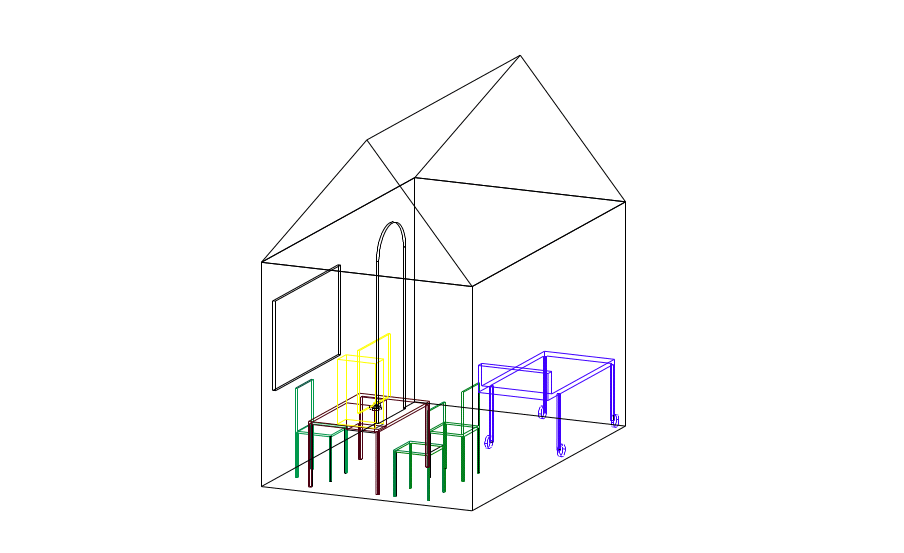
The examination room of geriatrics patients should be designed with several considerations in mind. First, the entrance of the examination room should be wider than usual to accommodate wheelchairs and walkers. This makes it easier for the patients to access the room. Second, the room should be kept warm at all times. The temperatures of the room should range between 70 and 80 degrees because geriatrics patients are vulnerable to extreme temperatures. The warmth of the examination room can also be enhanced by the use of warm colors such as brown, grey, or yellow on the walls and floor. The floor should be carpeted to increase the warmth and prevent the possibilities of a fall. However, the color used on the wall should contrast that used on the floor to mark the border. This helps the patients to differentiate between the two given their failing eyesight. The lighting of the examination room should be brighter than usual because majority of the geriatrics patients suffer from failing eyesight. Increased lighting can be achieved by the use of extra lighting such as head lamps and a tall lamp on a stand. However, the lighting should not be too much as to cause glare or discomfort to the patient. Majority of the geriatrics patients suffer from hearing and speech loss/deterioration hence it is important to equip the room with sound-proof devices. Distracting background noises such as fans and music should be avoided at all costs. Electric chairs and examination beds should be made available for the patients because majority of them have difficulties in arising from a sitting or a lying position. These devices protect the patients from falls. Most importantly, the room should be devoid of any hazard-causing items such as loose rags and exposed wires which can easily cause a fall to the patient (Calhoun and Eibling, p.5).
Work Cited
Calhoun, Karen and David Eibling. Geriatric Otolaryngology. New York: Taylor & Francis Group, 2006.